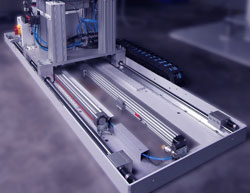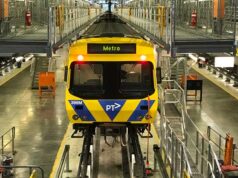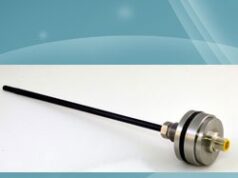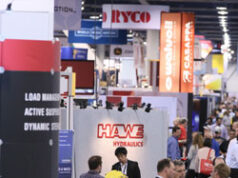 Globalization is perhaps the biggest challenge for small and mid-sized machine shops and factories. In order to compete, some business managers are transitioning to more economical automated production. They are increasingly dependent on the use of investment-intensive machine tools that are unmanned and often operational around the clock.
Globalization is perhaps the biggest challenge for small and mid-sized machine shops and factories. In order to compete, some business managers are transitioning to more economical automated production. They are increasingly dependent on the use of investment-intensive machine tools that are unmanned and often operational around the clock.
Understanding the need to maximize machine capabilities, machine builders have had to develop innovative ways to automate machining centers. For example, engineers at Lang Technik GmbH have developed an inexpensive pneumatic holding and feed system that supports unmanned machine operation on the second and third shifts.
A vertical lift conveys clamped workpieces to a coil-shaped holding tower that stores them for later shifts. When the pieces are required, they slide down the coil and the automated system places the next un-machined workpiece on the clamping jig of the machine tool.
A part storage system for automated machine centers, the Eco Tower from Lang Technik.

In the process, the automated handling system performs horizontal, vertical, and swivelling movements. The system requires a combination of precision movement and motion control plus high load-bearing capacity.
In designing the system Lang had multiple choices for motion control. The first option considered was a multi-axis robotic arm. Robotics have the ability to be reprogrammed for different tasks, but that functionality comes at a premium cost, and it was not required in the application. A second option was an electromechanical design, using linear motors to drive the actuators that moved parts into position. This approach offered high levels of precision and high throughput, but added cost for functionality that was not essential. The third option was pneumatic operation. For relatively heavy loads and simple, reliable operation, pneumatic motion control is hard to beat.
The design engineers at Lang chose pneumatic rodless linear actuators with heavy duty guides. The robust yet simple construction of the pneumatic linear drives offered a favourable price-performance ratio. The integrated guide rails allow the cylinders to be used at high torques up to 1400 Nm and loads up to 18,000 (N).
An example of a pneumatic drive with integrated guide rails, the Parker OSP-P rodless actuator from Parker Hannifin.

Lang found this pneumatic solution to be far more cost-effective than articulated-arm robots with the additional advantage that this feed system offers operational flexibility. When required, the machine operator can shift the automated part handling system to a park position and work at the machine tool manually without any obstructions..
Pneumatic linear drives place low demands on internal plant infrastructure as compressed air is commonly available. The relatively simple design of limit switches and pneumatic valves means that maintenance can be performed easily contributing to reduced operating costs. In addition, the pneumatic linear drives can be used without problems in the harsh environment of a machine shop because the cartridges of the recirculating ball-bearing guide are protected by integrated wipers.
Floor space was another design consideration. Machine shop managers must deal with inflexible floor plans and facility costs that increase by the square foot. An advantage of a rodless linear actuator is that the same stroke can be achieved in about half the distance of a standard cylinder. That’s because the piston drives the movement within the body of the actuator, rather than through an attached rod. This space-savings design philosophy matches the rest of the machine’s design in which a vertical tower attains the maximum part storage volume with minimal floor space.









